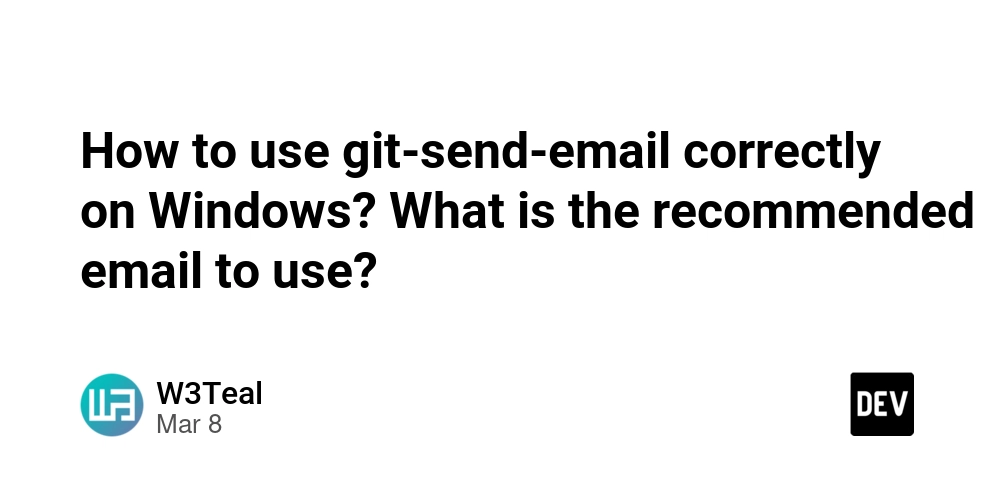Top 10 Git Clients for Mac, windows, Linux
Introduction To Git Git is a Version Control System (VCS) designed to track and record all changes made to files and code. With its help, you can compare, analyze, and merge changes, commit them to the repository (the storage of your code and code changes), or roll them back and restore the previous versions Git is not the only VCS, but it is, undoubtedly, the most popular one. Since its birth in 2005, it has become the default solution for version control – decentralized, simple, fast, and highly efficient. All developers have the same tools, and the entire development process is much more flexible and transparent. To work with Git, you can use the command-line interface. Many professionals consider this to be the right way. On the other hand, you can use a Git GUI as an alternative. A Git GUI client is a tool that provides the user with an intuitive interface and does not require writing commands manually. This way, one can perform development tasks faster and in a more comfortable manner. In this article, we are going to review the most popular Git GUI tools for MacOs, Windows. 1. GitKraken Client Features: Intuitive GUI, commit graph, built-in merge tool, integrations with GitHub/GitLab/Bitbucket, drag-and-drop functionality. Pricing: Free for public repos; Pro starts at $4.95/user/month. Why Top?: Cross-platform consistency, visual appeal, and productivity features make it a favorite for teams and solo developers. 2. Github desktop Features: Simplified workflow, GitHub integration, branch management, diff viewer, drag-and-drop support. Pricing: Free, open-source. Why Top?: Perfect for GitHub users, minimalist, and beginner-friendly. 3. Sourcetree Features: Free, detailed branching diagrams, interactive rebase, supports Git and Mercurial, Atlassian integration (Bitbucket/Jira). Pricing: Free. Why Top?: Simple yet robust, ideal for visualizing repository history, though updates are less frequent. 4. TortoiseGit Features: Windows Explorer integration, commit/diff tools, branch/tag management, open-source. Pricing: Free. Why Top?: Unique shell integration for Windows users; Mac support via alternatives like TortoiseGit-Mac (less polished). 5. SmartGit Features: Graphical merge/commit history, Git-Flow support, SSH client, uncluttered UI, SVN compatibility. Pricing: Free for non-commercial use; $37/user/year for commercial. Why Top?: Versatile and feature-rich, suitable for complex workflows. 6. Git Cola Git Cola is a free, open-source Git client with a graphical interface, designed for simplicity and efficiency. It’s written in Python using Qt (PyQt), making it highly portable across Mac, Windows, and Linux. 7. Fork client Features: Fast UI, tabbed navigation, merge conflict resolver, Git LFS support, interactive rebase. Pricing: $49.99 one-time (evaluation version free). Why Top?: Lightweight, developer-friendly, and great for managing multiple repos. 8.Sublime Merge Features: Fast performance, integrated merge tool, advanced diff checker, syntax highlighting, from Sublime Text creators. Pricing: $99 one-time (free evaluation with nag screen). **Why Top?: **Snappy and powerful, ideal for developers who love Sublime Text’s ecosystem. 9.Tower Tower caters to both beginners and experienced developers utilizing a Git client on their Mac. It boasts a polished user interface and offers advanced visual branching and merging tools. Tower also provides seamless integration with popular Git hosting services, such as GitHub, GitLab, and Bitbucket. 10. GitBlade GitBlade is a simple and efficient Git client specifically designed for macOS users. It offers a clean interface and integrated code editor, allowing users to conduct code reviews and make modifications easily. GitBlade provides a free 14-day trial with an option to upgrade to a Pro version, which starts at $19.99 per month. These features encompass advanced tools like the Merge Tool, Blame Tool, and the ability to view combined diffs. Conclusion In this article, we explored some of the most popular Git GUIs available on the market and had a look at their most important features, OS compatibility, and price. Blog by chinnanj.

Introduction To Git
Git is a Version Control System (VCS) designed to track and record all changes made to files and code. With its help, you can compare, analyze, and merge changes, commit them to the repository (the storage of your code and code changes), or roll them back and restore the previous versions
Git is not the only VCS, but it is, undoubtedly, the most popular one. Since its birth in 2005, it has become the default solution for version control – decentralized, simple, fast, and highly efficient. All developers have the same tools, and the entire development process is much more flexible and transparent.
To work with Git, you can use the command-line interface. Many professionals consider this to be the right way. On the other hand, you can use a Git GUI as an alternative.
A Git GUI client is a tool that provides the user with an intuitive interface and does not require writing commands manually. This way, one can perform development tasks faster and in a more comfortable manner.
In this article, we are going to review the most popular Git GUI tools for MacOs, Windows.
Features: Intuitive GUI, commit graph, built-in merge tool, integrations with GitHub/GitLab/Bitbucket, drag-and-drop functionality.
Pricing: Free for public repos; Pro starts at $4.95/user/month.
Why Top?: Cross-platform consistency, visual appeal, and productivity features make it a favorite for teams and solo developers.
Features: Simplified workflow, GitHub integration, branch management, diff viewer, drag-and-drop support.
Pricing: Free, open-source.
Why Top?: Perfect for GitHub users, minimalist, and beginner-friendly.
Features: Free, detailed branching diagrams, interactive rebase, supports Git and Mercurial, Atlassian integration (Bitbucket/Jira).
Pricing: Free.
Why Top?: Simple yet robust, ideal for visualizing repository history, though updates are less frequent.
Features: Windows Explorer integration, commit/diff tools, branch/tag management, open-source.
Pricing: Free.
Why Top?: Unique shell integration for Windows users; Mac support via alternatives like TortoiseGit-Mac (less polished).
Features: Graphical merge/commit history, Git-Flow support, SSH client, uncluttered UI, SVN compatibility.
Pricing: Free for non-commercial use; $37/user/year for commercial.
Why Top?: Versatile and feature-rich, suitable for complex workflows.
Git Cola is a free, open-source Git client with a graphical interface, designed for simplicity and efficiency. It’s written in Python using Qt (PyQt), making it highly portable across Mac, Windows, and Linux.
Features: Fast UI, tabbed navigation, merge conflict resolver, Git LFS support, interactive rebase.
Pricing: $49.99 one-time (evaluation version free).
Why Top?: Lightweight, developer-friendly, and great for managing multiple repos.
Features: Fast performance, integrated merge tool, advanced diff checker, syntax highlighting, from Sublime Text creators.
Pricing: $99 one-time (free evaluation with nag screen).
**Why Top?: **Snappy and powerful, ideal for developers who love Sublime Text’s ecosystem.
Tower caters to both beginners and experienced developers utilizing a Git client on their Mac. It boasts a polished user interface and offers advanced visual branching and merging tools. Tower also provides seamless integration with popular Git hosting services, such as GitHub, GitLab, and Bitbucket.
GitBlade is a simple and efficient Git client specifically designed for macOS users. It offers a clean interface and integrated code editor, allowing users to conduct code reviews and make modifications easily.
GitBlade provides a free 14-day trial with an option to upgrade to a Pro version, which starts at $19.99 per month. These features encompass advanced tools like the Merge Tool, Blame Tool, and the ability to view combined diffs.
Conclusion
In this article, we explored some of the most popular Git GUIs available on the market and had a look at their most important features, OS compatibility, and price.
Blog by chinnanj.










































































































































































![[The AI Show Episode 142]: ChatGPT’s New Image Generator, Studio Ghibli Craze and Backlash, Gemini 2.5, OpenAI Academy, 4o Updates, Vibe Marketing & xAI Acquires X](https://www.marketingaiinstitute.com/hubfs/ep%20142%20cover.png)



























































































































![[FREE EBOOKS] The Kubernetes Bible, The Ultimate Linux Shell Scripting Guide & Four More Best Selling Titles](https://www.javacodegeeks.com/wp-content/uploads/2012/12/jcg-logo.jpg)



![From drop-out to software architect with Jason Lengstorf [Podcast #167]](https://cdn.hashnode.com/res/hashnode/image/upload/v1743796461357/f3d19cd7-e6f5-4d7c-8bfc-eb974bc8da68.png?#)






































































































.png?#)




.jpg?#)































_Christophe_Coat_Alamy.jpg?#)








































































































![Rapidus in Talks With Apple as It Accelerates Toward 2nm Chip Production [Report]](https://www.iclarified.com/images/news/96937/96937/96937-640.jpg)



















































































































































